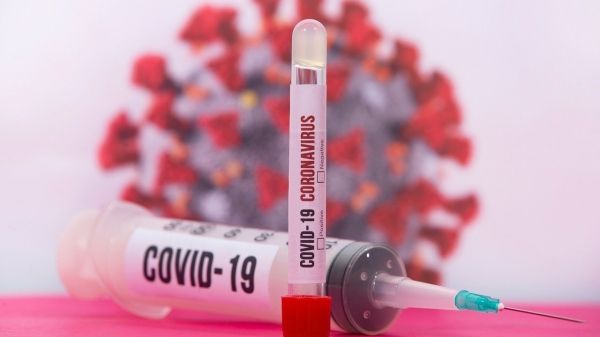A study led by Charité – Universitätsmedizin Berlin and the Max Planck Institute for Molecular Genetics (MPIMG) shows that some healthy individuals possess immune cells capable of recognizing the novel coronavirus, SARS-CoV-2. The reason for this might be found in prior infections with ‘common cold’ coronaviruses. Whether or not this cross-reactivity has a protective effect on the clinical course in individuals infected with SARS-CoV-2 will now be addressed by the ‘Charité Corona Cross’ study.
Why is it that some people develop severe symptoms following infection with the novel coronavirus, while others hardly notice the infection? The answer to this question is multilayered and is the subject of intensive research. One potentially crucial factor has now been identified by a team of researchers from Charité and the MPIMG: prior exposure to harmless ‘common cold’ coronaviruses. This insight is based on research involving T-helper cells, a type of specialized white blood cell which is essential to the regulation of our immune response. The researchers found that one in three people with no prior exposure to SARS-CoV-2 nonetheless have T-helper cells capable of recognizing the virus. The likely reason for this is that SARS-CoV-2 shares certain structural similarities with coronaviruses which are responsible for the common cold.
For their study, the researchers isolated immune cells from the blood of 18 COVID-19 patients receiving treatment at Charité and confirmed PCR positive for SARS-CoV-2. They also isolated immune cells from the blood of 68 healthy individuals who had never been exposed to the novel coronavirus. The researchers then stimulated these immune cells using small, synthetic fragments of SARS-CoV-2 ‘spike proteins’, the characteristic, crown-like protrusions on the outer surface of coronaviruses which enable the virus to enter human cells. The researchers subsequently tested whether the T-helper cells would be activated by contact with these protein fragments. They found that this was the case in 15 out of 18 patients with COVID-19 (85%). “This was exactly what we had expected. The immune system in these patients was in the process of fighting this novel virus, and therefore showed the same reaction in vitro,” explains one of the study’s three lead authors, Dr. Claudia Giesecke-Thiel, head of the Flow Cytometry Facility at the MPIMG. She adds: “The fact that not all patients with COVID-19 showed this T-helper cell response to viral fragments is probably due to fact that T cells cannot be activated outside the human body during an acute or particularly severe phase of an illness.”
Read more at Charité - Universitätsmedizin Berlin
Photo Credit: Bao_5 via Pixabay


